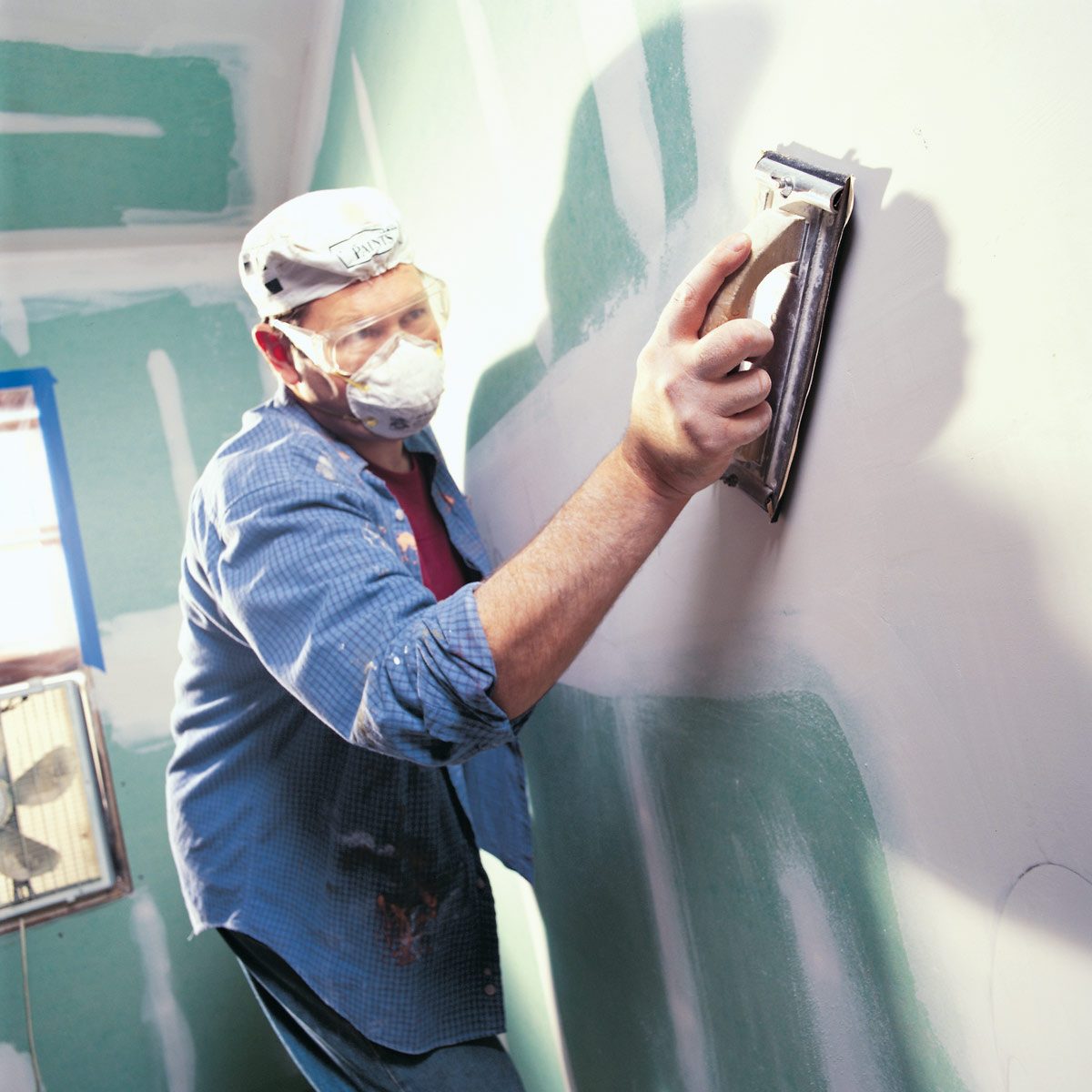Techniques and tools for sanding drywall like a pro so it's perfectly smooth, plus tips for dust control.
Our editors and experts handpick every product we feature. We may earn a commission from your purchases.Learn more.


Techniques and tools for sanding drywall like a pro so it's perfectly smooth, plus tips for dust control.
Our editors and experts handpick every product we feature. We may earn a commission from your purchases.Learn more.
A full day
Beginner
$51–100
Drywall sanding can be a tedious job. It’s not only dirty and grueling but also stressful because now you have to fix any earlier mistakes. Good sanding results are built on the foundation of good drywall taping, and the final sanding is your last chance to get the whole job right. The paint job will reveal the truth: Either you succeeded—all the fasteners and seams look uniformly invisible—or any taping and sanding flaws are now glaringly apparent forevermore. No wonder so many homeowners choose to hire out drywall work.
Take heart: If you’re patient and pay attention to detail, you can tackle this job with making some of the most common drywall mistakes. We’ll show you the sanding steps and finishing techniques the pros use to get sanding done quickly to make smooth walls.
Drywall dust is fine, like flour, and will travel to other areas of the house. To prepare your house for the work ahead and reduce this dust, follow these steps: